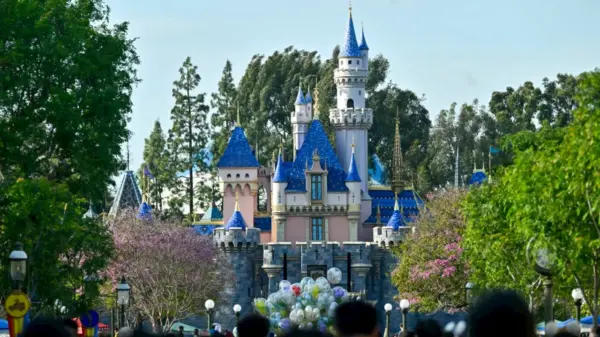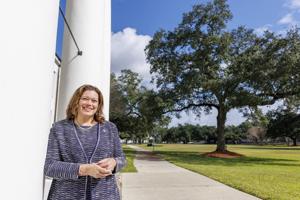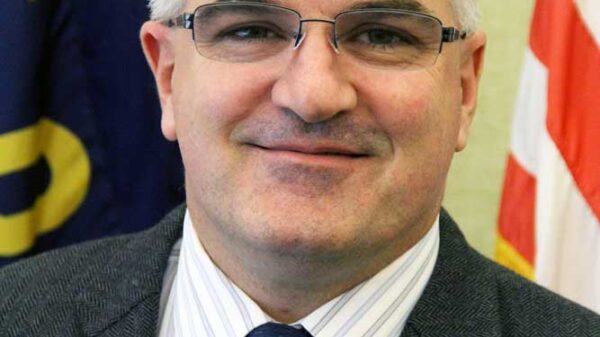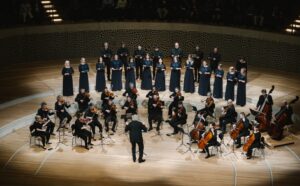On October 7, 2025, Hamburg’s iconic Elbphilharmonie hosted a remarkable celebration of composer Arvo Pärt in honor of his 90th birthday. This special event featured the Estonian Philharmonic Chamber Choir, conducted by Tõnu Kaljuste, performing some of Pärt’s most significant works. Renowned for its acoustics, the venue enhanced the experience of Pärt’s music, which emphasizes clarity and silence.
Musical Highlights of the Evening
Under Kaljuste’s precise direction, the evening commenced with Pärt’s “Stabat Mater.” The performance showcased an exquisite balance between the choir and the strings, creating an intimate atmosphere that felt like a meditation. The choir’s disciplined restraint allowed the ancient rhythm of the piece to emerge clearly, with every phrase echoing the essence of Pärt’s minimalist style. The descending three-tone motif, central to the composition, was mirrored and transformed throughout the performance, inviting listeners on a contemplative journey.
As the “Stabat Mater” concluded, the strings transitioned seamlessly into “Festina lente,” a piece that explores the paradox of moving slowly while hastening. The musicians of Ensemble Resonanz, with their overlapping tempos, created a soundscape that felt both timeless and organic. The audience could sense a shared rhythm, as if the music resonated within them, momentarily suspending the outside world.
Illuminating Performances and Emotional Depth
Soprano Maria Listra delivered a captivating performance in “L’Abbé Agathon,” portraying the saintly hermit’s interlocutor with a radiant and controlled voice. Her ability to navigate complex passages conveyed the compassion and serenity found in Pärt’s late style. The interplay between Listra and the ensemble unfolded as a serene narrative, where sound became a vehicle for storytelling.
Following the intermission, the program featured Šerkšnytė’s “De profundis,” a dynamic work written when the composer was just twenty-two. This piece drew on the meditative qualities of Indian ragas, unfolding motifs that mirrored the ebb and flow of emotional energy. Ensemble Resonanz masterfully shaped the crescendos, allowing sound to gather and dissolve in waves, creating a compelling auditory experience.
The concert reached its emotional apex with “Adam’s Lament,” portraying the universal sorrow of humanity through Pärt’s poignant composition. The divided choir echoed one another, reflecting a single consciousness in mourning. As the lament intensified, the music transformed, with dissonance resolving into fragile consonance, leading to an acceptance of loss. The strings of Ensemble Resonanz provided an ethereal backdrop, enhancing the work’s profound emotional architecture.
This performance encapsulated the essence of Pärt’s artistry: a deep compassion expressed through sound and silence. Unlike many contemporary works that risk falling into emptiness, Pärt’s music maintains a spiritual core that resonates with audiences. The evening was a testament to the understanding and reverence that both the performers and the audience brought to the experience.
In Hamburg, infused with the essence of the Baltic Sea, the music felt like a homecoming. The concert served as a bridge between the northern waters and the inner silence from which Pärt’s compositions have always emerged. The audience left the Elbphilharmonie not just as spectators but as participants in a profound celebration of music and humanity.


































































